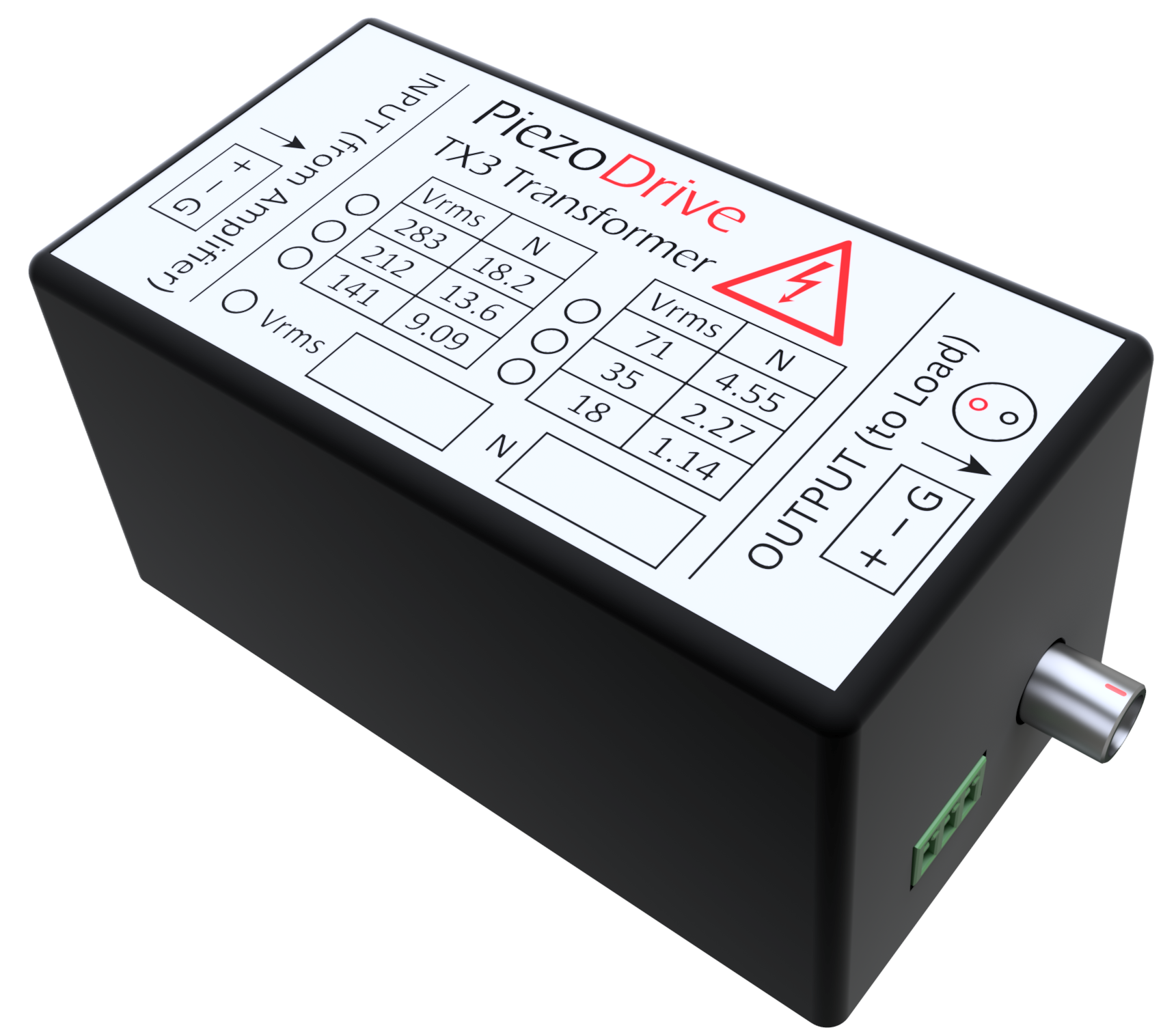The DIO2524 is an integrated solution for Video driver and Audio driver, with two separated modules, the Audio Driver module and 4-ch 6th-order 11MHz, SD Video filter driver module. The Audio Driver allow for the removal of output AC-coupling capacitors. Using VMRS codes, Orban says soon fleets will be able to drill down on vehicle operations to the point where cargo weight, how it’s distributed in the trailer, driver behavior, weather and other. Damping factor is measured as the ratio between the driver impedance and amplifier impedance, and is expressed in the format ‘2:1’ (where the first number is the headphone impedance and the second is the source output impedance) or as a single number ‘2’ (as in this case to represent the driver impedance). 2-Vrms Audio Driver with Integrated 4-ch 6 th-Order SD/HD Video Filter Application Notes Important Note: In some applications, if the power supply noise needs to be filtered, the ferrite bead is recommended in a value of 600Ω@100MHz, instead of RC network.


A line driver is an electronic amplifier circuit designed for driving a load such as a transmission line. The amplifier's output impedance may be matched to the characteristic impedance of the transmission line.

Vrms Driver Salary
Line drivers are commonly used within digital systems, e.g. to communicate digital signals across circuit-board traces and cables.[1]


In analogaudio, a line driver is typically used to drive line-level analog signal outputs, for example to connect a stereo music player to an amplified speaker system.[1]
References[edit]
- ^ abBishop, Owen (2011). Electronics - Circuits and Systems. Routledge. p. 250. ISBN9781136440434. Retrieved 18 April 2016.
Rms Driver History
A line driver is an electronic amplifier circuit designed for driving a load such as a transmission line. The amplifier's output impedance may be matched to the characteristic impedance of the transmission line.
Line drivers are commonly used within digital systems, e.g. to communicate digital signals across circuit-board traces and cables.[1]
In analogaudio, a line driver is typically used to drive line-level analog signal outputs, for example to connect a stereo music player to an amplified speaker system.[1]
References[edit]
Rms Drivers Test
- ^ abBishop, Owen (2011). Electronics - Circuits and Systems. Routledge. p. 250. ISBN9781136440434. Retrieved 18 April 2016.
Rms Driver
Rms Drivers Licence Renewal
